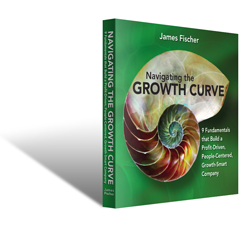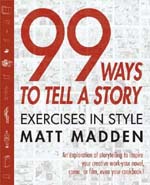Given that I started this blog to synthesize and examine certain content areas in my PhD program, I’m interested in any commentary on the intersection between academia and blogging.
One such recent piece appears in Tax Prof Blog, a member of the Law Professor Blogs Network, which reports on a panel titled “Blogging: Scholarship or Distraction” at the Association of American Law Schools annual meeting, with the program describing the session this way:
One of the most salient developments in the Internet revolution is blogging. Blogging has become a widespread cultural phenomenon and has had important implications for politics, the media and education. This panel considers academic blogging and asks the question whether blogging is a new form of scholarly activity or just a diversion from the pursuit of serious intellectual inquiry.
Lots of fascinating lists and categories in the report. A list of law-blog categories developed by panelist Lawrence B. Slocum could be adapted to just about any academic discipline:
1. Blogs by academics with a focus in the blogger’s academic
discipline.
2. Blogs by academics with a focus outside the blogger’s
academic discipline.
3. Blogs by non-academics with a focus in an academic
discipline.
Slocum went on to list 7 ways in which blogs are important for [legal] scholarship, adapted here for scholarship in general:
1. Internet-time (v. snail mail-time)
2. Open-source revolution
3. Google searches
4. Disintermediation (the declining influence of scholarly intermediaries)
5. Lifting the cone of silence (the waning of the acoustic isolation of the academy)
6. Globalization of the dissemination of scholarship
7. eBayization of scholarship (changing the marketplace of scholarly ideas)
Apparently much discussion in this panel centered on how blogging is harmful for untenured faculty, presumably both because it distracts time from “legitimate” scholarship and because junior, untenured faculty can be harmed in the promotion and job search by saying controversial or unscholarly things in their blogs.
The first exhortation has some legitmacy. As I type this entry, I am aware that I should be working on my dissertation. But I also like the assertion of the panel’s Victor Fleischer that blogs can “serve a very worthwhile pre-scholarship function.”
Storytelling is the centerpiece of my dissertation, for example, and this blog enables me to collect “pre-scholarship” resources and examine the ways that storytelling intersects with other disciplines, especially organizational entry.
As for the danger of blogging for untenured and junior faculty, I guess I feel about that threat the same way I feel about revealing my political and social beliefs on my CV: I wouldn’t want to work for an institution that would question the idea of hiring me based on my expression of beliefs. I suppose if I were up for a job or tenure at a school at which I dearly wanted to teach, I would think twice about antagonizing those pulling the strings. I’ve observed the tenure game nearly firsthand and seen dearly held principles set aside when it was clear tenure would not be granted if those principles were in place.
But I digress. Other positive aspects of blogging cited by the panel include the idea that blogs serve as a “virtual faculty lounge;” they connect one to a community of scholars; they stimulate thinking; they provide the ability for immediate feedback; they are a venue on which to promote one’s scholarship, as well as a way to penetrate mainstream journalism.
The panel warned that blogging is not a substitute for long-form scholarship and that it can be a time drain.
Best plug the drain and get back to work…
 I’ve been coming across more and more management-consulting firms that use story as a consulting tool.
I’ve been coming across more and more management-consulting firms that use story as a consulting tool.


